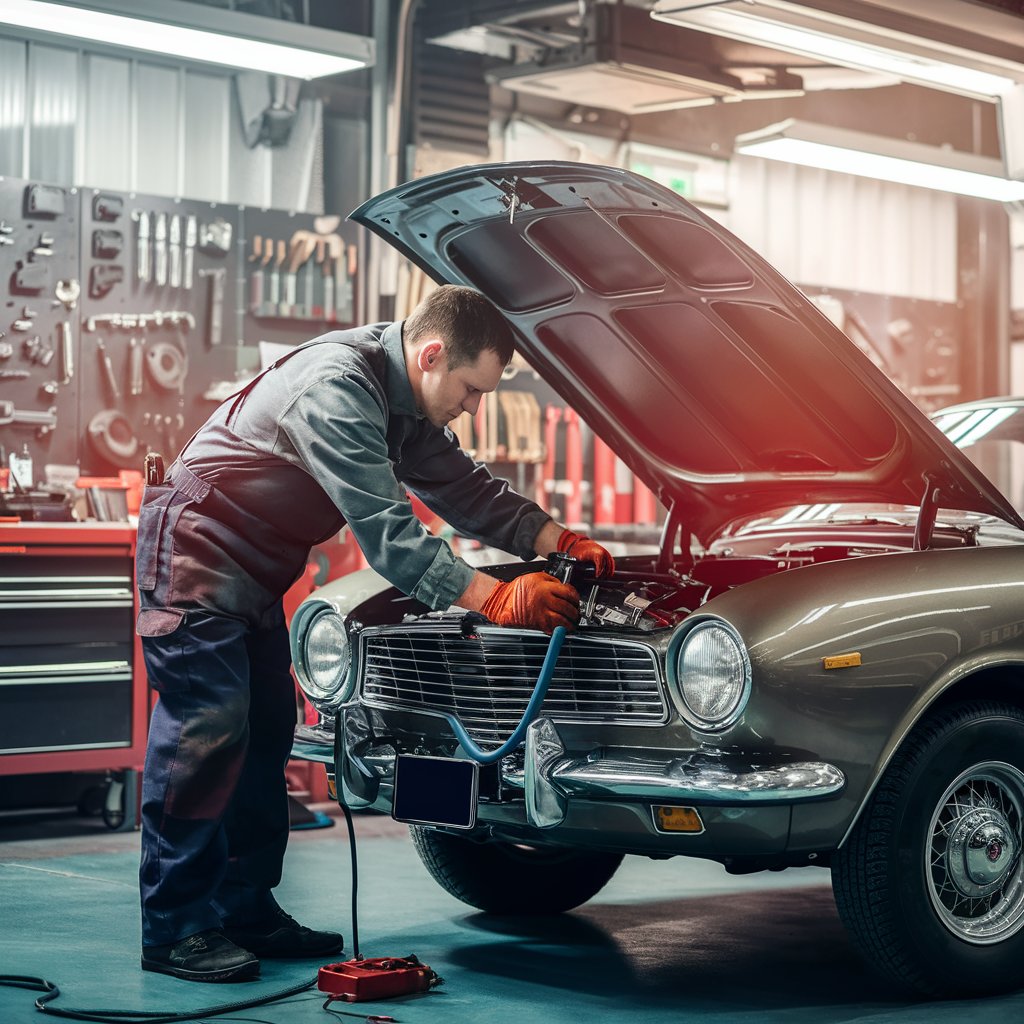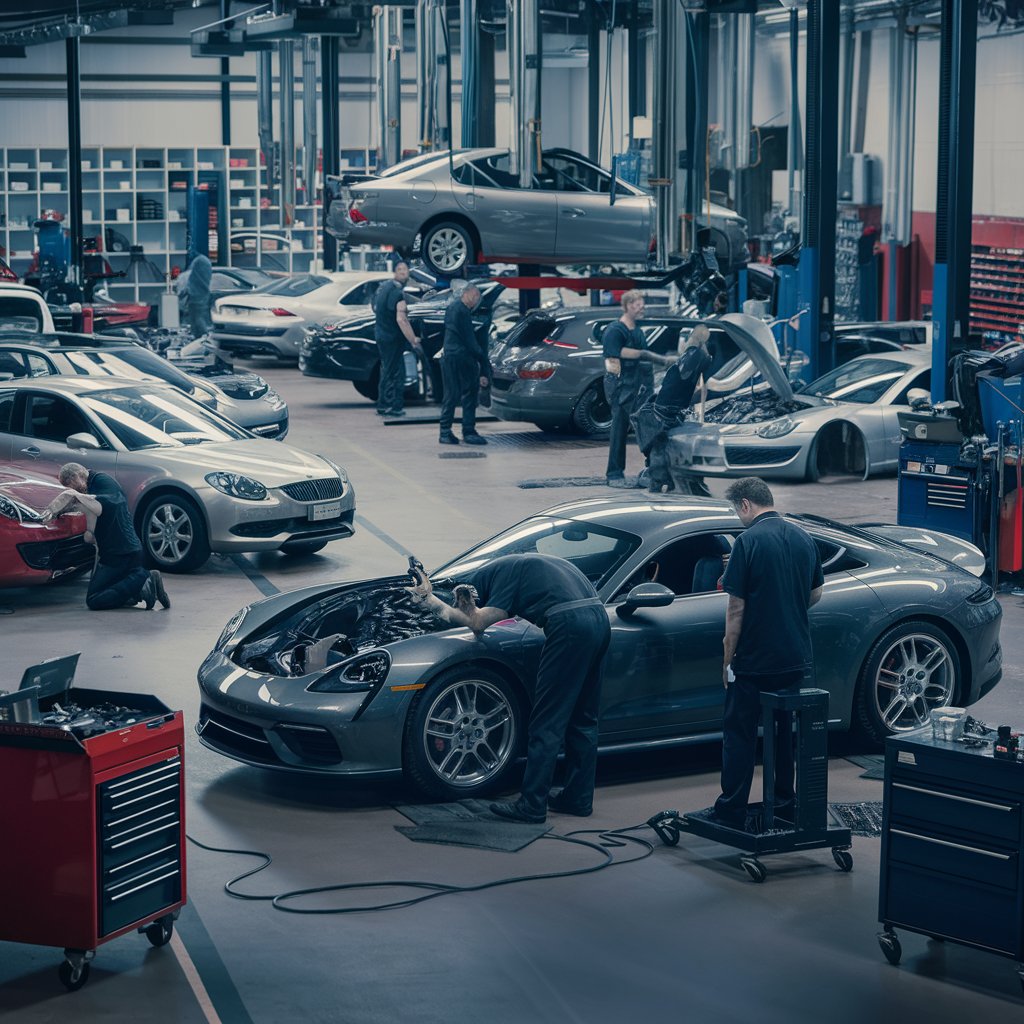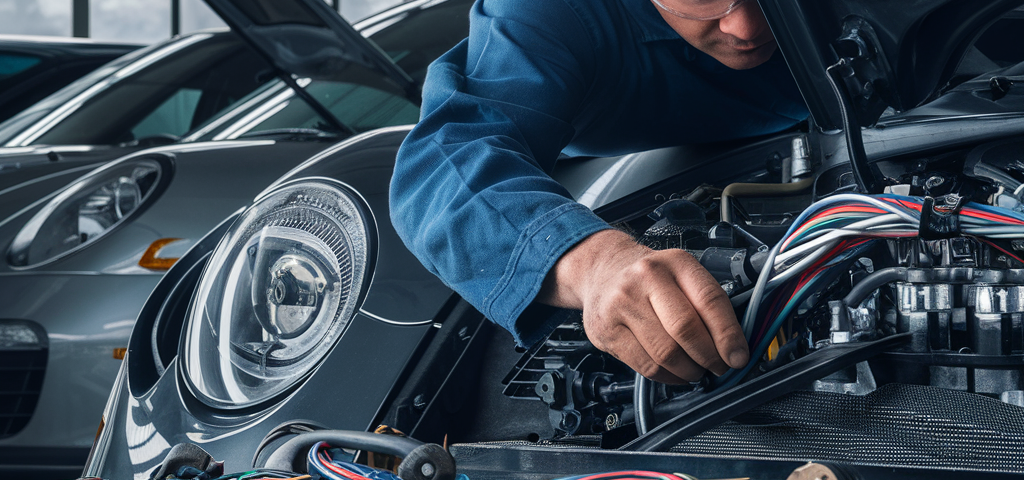
Understanding Engine Anatomy: The Role of Engine Block, Pistons, and Crankshaft
August 12, 2024
Engine Block Essentials: Why Pistons and Crankshaft Matter
August 12, 2024In the intricate dance of internal auto repair, valves and camshafts are pivotal for peak performance, yet their interplay is often overlooked in broader engine discussions. Valves act as gatekeepers, meticulously timing the entry and exit of mixtures and gases, while camshafts, with their precisely engineered lobes, orchestrate the opening and closing of these valves at optimal moments for combustion efficiency. This synchronization is crucial for maximizing power output and minimizing emissions. But how exactly does this mechanism adapt to various engine demands, and what are the implications for engine longevity and fuel economy? These are questions that merit closer examination.
Understanding Valves and Their Functions
Valves, integral components of an internal combustion engine, regulate the flow of gases into and out of the combustion chamber by opening and closing at precise timings. Typically made from robust materials like titanium or hardened steel, these valves endure the harsh environment of extreme temperatures and pressures that characterize engine operation.
Each engine cylinder has at least two valves: the intake valve and the exhaust valve. The intake valve opens at the beginning of the engine cycle to allow the air-fuel mixture to enter the combustion chamber. Post combustion, the exhaust valve opens to expel the combustion gases, clearing the way for the next cycle.
The configuration of these valves is critical to engine performance. They must seal tightly to prevent leakage of gases and ensure efficient combustion. Over time, the constant impact and thermal exposure can lead to valve wear, necessitating precise engineering and material selection to enhance longevity and maintain performance standards.
As a member of the automotive community, understanding the role and operation of valves deepens your connection to the engineering marvels that power our vehicles. This knowledge not only enriches your appreciation of automotive design but also equips you with the insight to discuss these components intelligently within the community.
The Role of Camshafts in Engines
How does the camshaft influence engine performance and efficiency?
Central to the internal combustion engine, the camshaft is pivotal in managing the engine’s breathing process—vital for optimal performance and efficiency. This shaft, adorned with lobes (cams), precisely times and controls the opening and closing of the engine’s intake and exhaust valves. Through its mechanical wizardry, the camshaft ensures that:
– Fuel and Air Intake Timing is Optimized: Each cam lobe is engineered to open the intake valve at the precise moment needed to allow an optimal mixture of fuel and air into the combustion chamber. This precise timing maximizes fuel efficiency and power output.
– Exhaust Gases are Expelled Effectively: Post-combustion, the camshaft aids in opening the exhaust valves at the exact moment to ensure that the spent exhaust gases are expelled efficiently. This timely action prevents any back-pressure build-up, which could otherwise reduce engine efficiency.
– Harmonious Valve Operation: The camshaft synchronizes the valve operations with the piston movements, ensuring a smooth, uninterrupted engine cycle. This synchronization reduces mechanical stress and enhances the longevity of engine components.
In conclusion, valves and camshafts serve as the linchpins in the complex machinery of internal auto repair, orchestrating a symphony of movements that enhance performance and efficiency.
By meticulously regulating gas flow and valve timing, they ensure the engine’s heart beats with precision and power.
This harmonious interaction not only optimizes fuel consumption but also elevates the engine’s overall efficacy, marking their roles as indispensable in the realm of automotive engineering.





